Where is Puglia, and why is it worth visiting? Located in southern Italy at the heel of the boot, Puglia is known for its beautiful beaches and unique, conical stone houses called trulli. A local shares her tips on where to go, what to see, and what to eat.
Shares
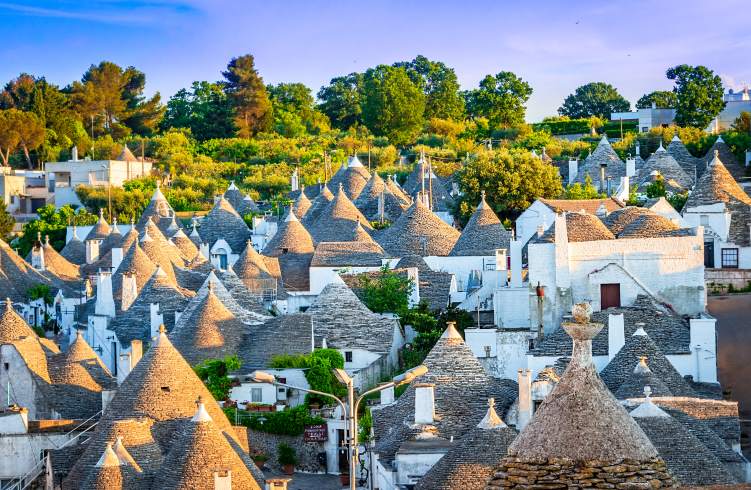 Photo © Getty Images / davidionut
Photo © Getty Images / davidionut
Located at the heel of Italy’s boot-shaped peninsula, the Puglia region (aka Apulia) is probably one of the country’s least-known jewels – and I love it so much that I’m almost loath to share its secrets.
My paternal grandfather came from Puglia and spoke of it with such joy and melancholy that it imprinted itself on my heart as a child. Later, when my aunt and uncle moved to Bari for work, they both quickly became connoisseurs and lovers of its culture, architecture, and delicious food and took us kids on road trips to explore the coastline, pointing out fairy-tale stone towers and fortifications, splendid Baroque churches, and myriad, vast olive groves and orchards punctuated by the whitewashed trulli, stone houses unique to Puglia.
- Trulli: little stone houses with conical roofs
- Renting and restoring our own trullo
- Puglia’s whitewashed hill towns
- Wild, hidden beaches and buzzy lidos
- Lecce, the “Florence of the South”
- Otranto Cathedral: the Tree of Life
- Santa Maria di Leuca: where two seas meet
- Wine, food, and sunset aperitivo
- Trip notes
Trulli: little stone houses with conical roofs
Once upon a time, these curious, square structures with their distinctive conical rooves were simple shelters built by farmers needing refuge with their animals from the winter’s cold, or when tending vines and fruit trees in the burning summers. During the 1500s, when the region was under Spanish rule, taxes on new houses were raised dramatically to finance the ongoing and expensive civil war. The trulli (plural of trullo) were built without mortar, using a drystone technique, so they could be dismantled as quickly as they were erected – ensuring the poor local farmers could avoid payment of yet another crippling Spanish tax.
Today, Puglia’s Alberobello, a little 17th-century town constructed solely of 1,500 or so trulli nestled photogenically into a hillside, has UN World Heritage status, and its whitewashed, vine- and bougainvillea-covered walls and pretty trullo church are popular with visitors to the region. Look out for the magical symbols painted on their roofs – some are Christian, some Pagan, some related to astrology, but all are intriguing.
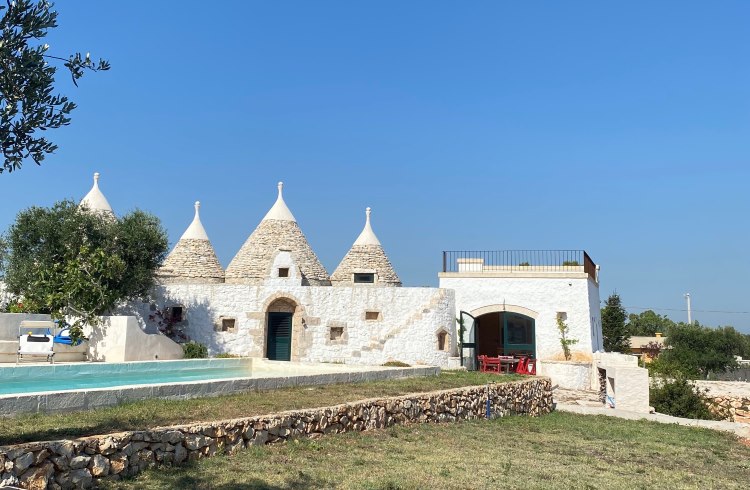
Renting and restoring our own trullo
A couple of years ago, we decided to spend a summer roaming Puglia, and rented a trullo to see what it would be like to “live” the experience. There are many trulli throughout the region which have now been restored and can be rented: they make delightful and often very romantic holiday houses, cool in summer and set amongst olive groves and lush fig and almond woodlands, most a stone’s throw from the seaside.
For me, that first trullo experience became an obsession. The following year, we found an old ruin of a trullo for sale, its cones literally reduced to a pile of stones, and bought it. We’ve been restoring it ever since. The story of our adventures – not all of them fun, I might add – can be found here.
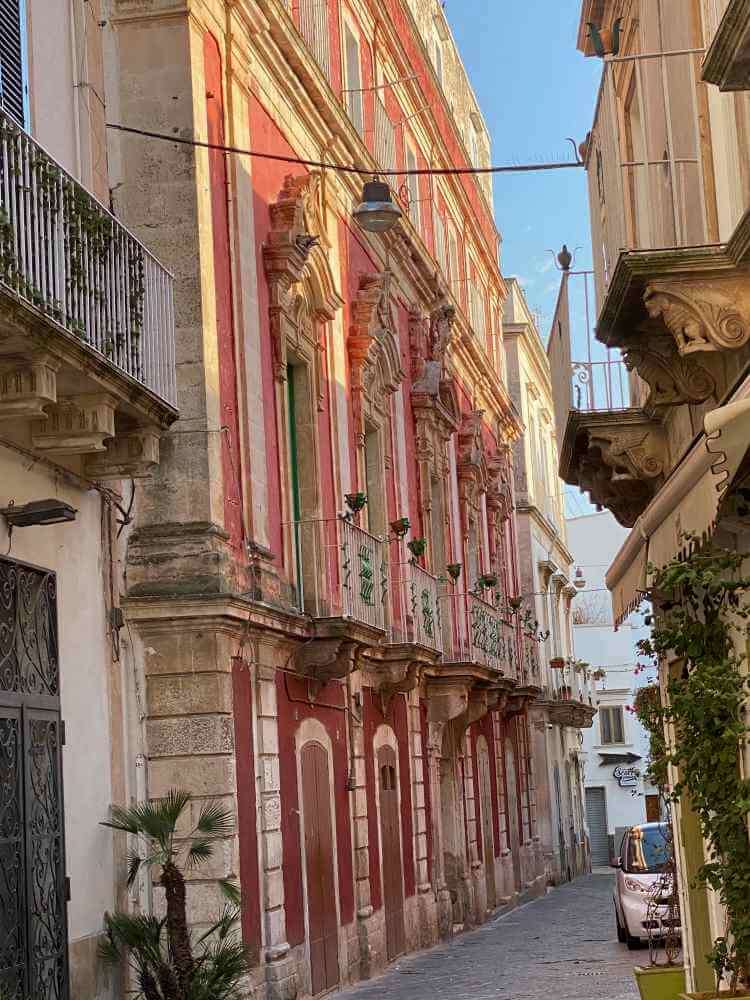
Puglia’s whitewashed hill towns
The Valle d’Itria is an undulating vale of vast, centenarian olive groves, and four of the best known of the medieval, fortified towns. Ostuni is the biggest, while Locorotondo is my favorite, with its heart-stopping views downhill over a sea of trulli, an unforgettable sight at sunset. The towns of Martina Franca and Cisternino are nearby, and all are incredibly pretty, with tiny, whitewashed laneways and flowers everywhere, and are best explored by parking your car outside the walls (there are plenty of inexpensive carparks) and spending an evening simply meandering. All are within a half-hour drive of each other.
Wild, hidden beaches and buzzy lidos
A car really is a necessity if you’re planning to explore Puglia, because the beaches – there are 500mi (800km) of coastline to explore – are exceptional. Keep in mind that some are free and a little harder to get to in national parks, while others offer the quintessential Italian lido experience, which means paying for entry and access to comfortable sunbeds, umbrellas, bar and restaurant, and changing and shower facilities. One of my favorites is near the vast, Egnazia archaeological site, which was once part of an ancient Messapic city. The beach nearby – Lido Archeologico – is an incredible spot to float past stone tombs in an emerald sea before heading to a nearby trattoria for fresh seafood and a cold beer.
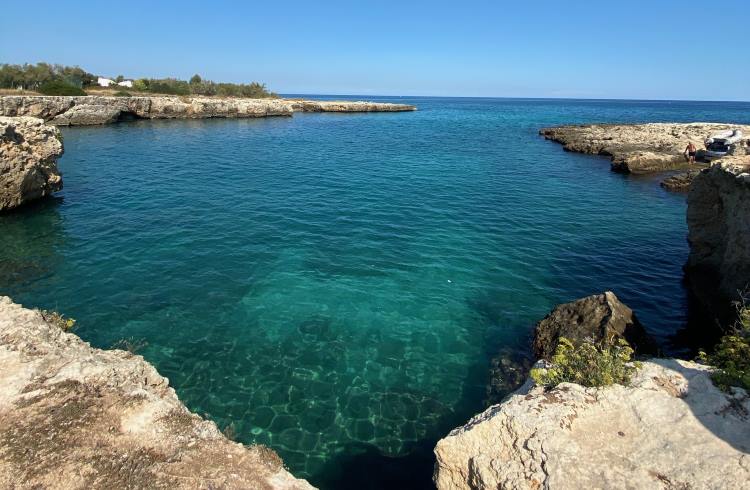
Lecce, the “Florence of the South”
The Baroque city of Lecce should not be missed, especially if you’re interested in art and architecture. Often referred to as the “Florence of the South”, Lecce is about a two-hour drive from Bari airport, and a little less from Brindisi, on the autostrada and a little longer but much more picturesque on the coastal road. Lecce is splendidly preserved, unlike many other southern Italian cities, and its architecture, sculpted from golden stone, and pretty, narrow streets make it a walkers’ paradise. I think it’s one of the most graceful and distinctive of Italian cities, and the food is fantastic.
Otranto Cathedral: the Tree of Life
Otranto, on the coast southeast of Lecce, is know for its Cathedral, consecrated in 1068, which has, over the millennia, been the site of legendary cultural battles, including becoming a mosque several times and the site of the Ottoman siege of 1480. The enormous 12th-century mosaic that covers its floor depicts the Tree of Life, while the crypt has some 48 bays and more than 70 columns inspired by the Mosque-Cathedral in Cordoba and Theodosius’ cistern in Istanbul.
Santa Maria di Leuca: where two seas meet
Basing yourself in Lecce allows easy access south and to the other side of the boot, where the spectacular, Maldive-like beaches of Porto Cesareo and Punta Prosciutto are found. Puglia is surrounded by both the Adriatic and Ionian seas – if you can, stop at Santa Maria di Leuca, which sits at the very tip of the heel. It was built around a temple to the Goddess Minerva in ancient times, and has long been a site of religious pilgrimage and sanctuary. It’s said you can see the meeting of the two seas’ currents there, too, and the beaches, as well as the little town in the evening, are marvellous.
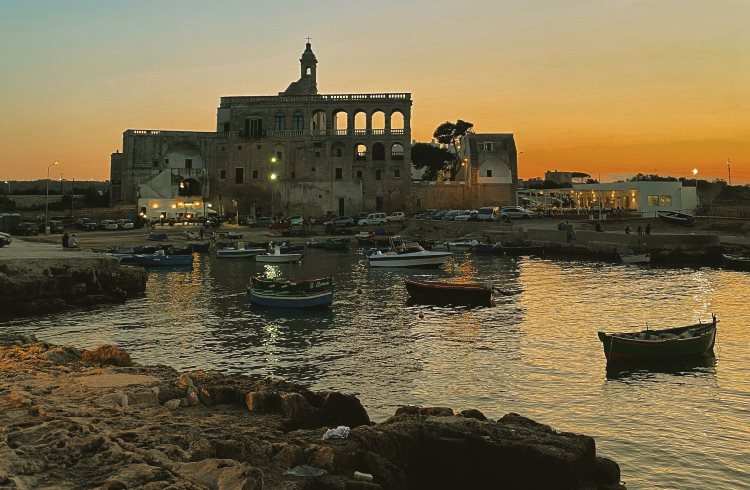
Wine, food, and sunset aperitivo
The world-renowned Primitivo reds of Puglia are delicious and memorable, as is the olive oil. Puglian food is fresh and tasty, simple cucina povera – the cuisine of the poor – and usually built around seasonal produce. Try the vast array of small, tender barbecued meat morsels known as bombette, orecchiette – hand-made pasta in the shape of small ears – dressed with cime di rapa (turnip tops lightly fried with olive oil, garlic, and baby tomatoes) and puree di ceci e cicoria (chick pea puree with chicory) that sounds odd but trust me, even if you’re not vegetarian, you’ll ask for seconds. I like to have an aperitivo in the photo-worthy Polignano a Mare or the tiny fishing town of Monopoli, and end the evening meandering the sweet alleyways to find a romantic trattoria for dinner.
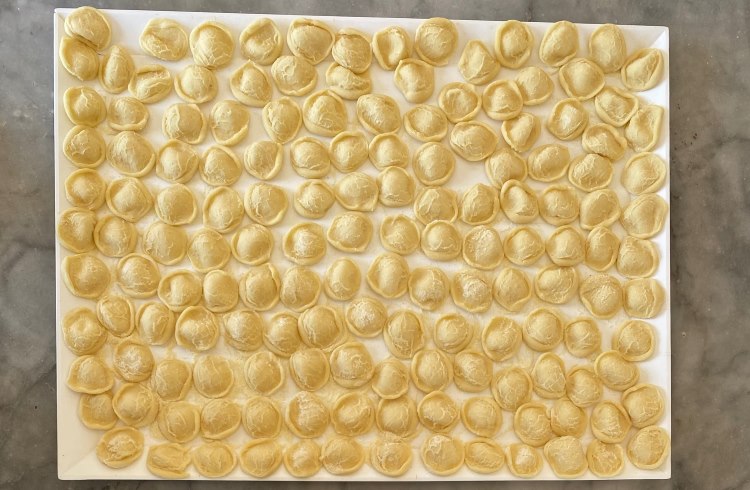
Trip notes
How to get to Puglia
Fly to Bari or Brindisi airports – there are many direct flights from major European capitals during the summer months – and pick up a local hire car.
It’s best to book cars early, as they can be difficult to find, especially in peak season (July-August).
There is also a good train service from Rome, Milan, and Naples to Fasano which is well placed for exploring the Valle d’Itria.
Accommodation
Puglia is awash in gorgeous, quirky holiday houses, including many renovated trulli and the fortified farmhouses known as masserie.
Related articles
Simple and flexible travel insurance
You can buy at home or while traveling, and claim online from anywhere in the world. With 150+ adventure activities covered and 24/7 emergency assistance.
Get a quote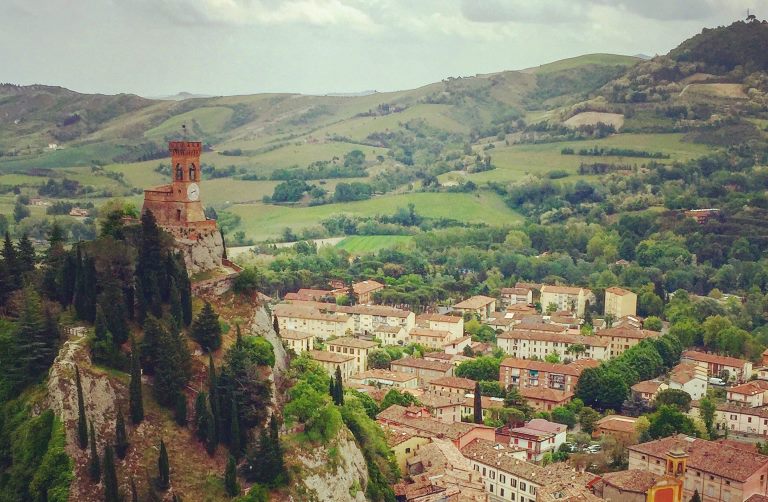
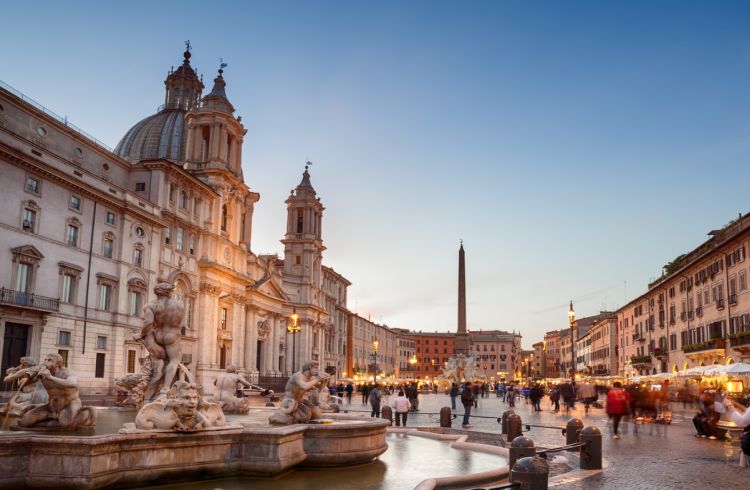
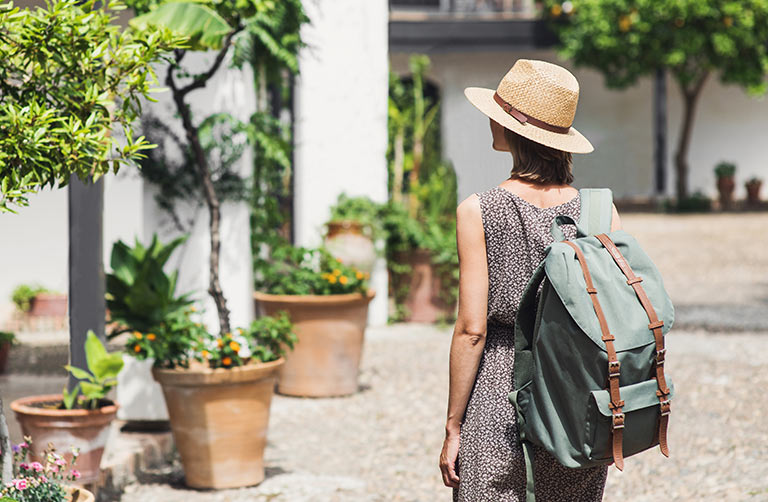
No Comments